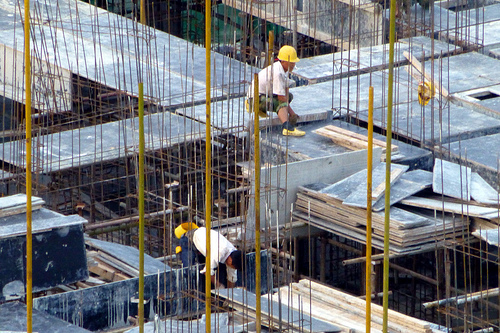Related

Working Paper
/ Sep 02,2014
Up or Out?
Examining the Trade-offs of Urban Form
by
Jason Krupp, Khyaati Acharya

Jul 22,2013
Housing in China: Large vs Small Cities
by
Paul Romer
The Urbanization Project's Urban Expansion initiative works with fast growing cities to make room for their expansion. A key benefit of doing so is ensuring an ample supply of developable land. By planning for an ample supply of urban land, municipalities can help to keep housing affordable and to limit the sort of disorderly expansion that tends to be the most environmentally destructive. Because the vast majority of this century's urbanization will occur in developing countries, the efforts of our Urban Expansion initiative are focused there.
However, of the 21 countries whose urban populations will grow by more than 25 million in the next 40 years, there is one that fits the World Bank's definition of high-income: the United States. The US will add some 100 million urban residents over the next few decades. If American cities are to remain affordable and inclusive, it is imperative that they continue to expand the supply of housing. The stories at the links below focus on the challenges of keeping housing affordable in two of America's most productive cities, San Francisco and New York.
The Conflicting Housing Regulations and Norms in NYC
How to Attract the Middle Class to NYC
Housing Becoming Unaffordable in San Francisco
Please fill out the information below to receive our e-newsletter(s).
*Indicates required.